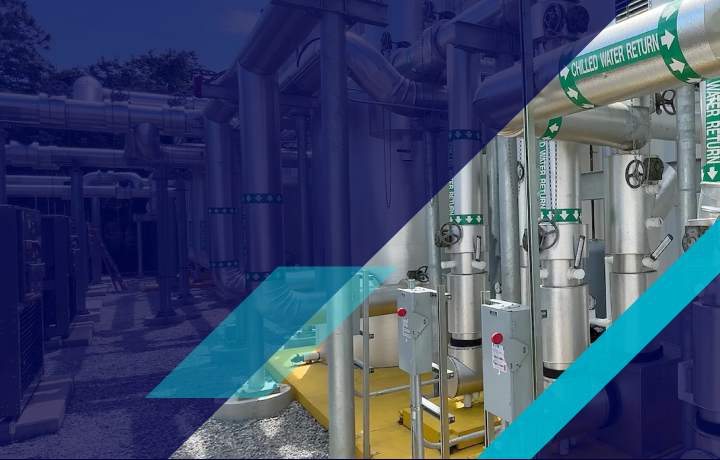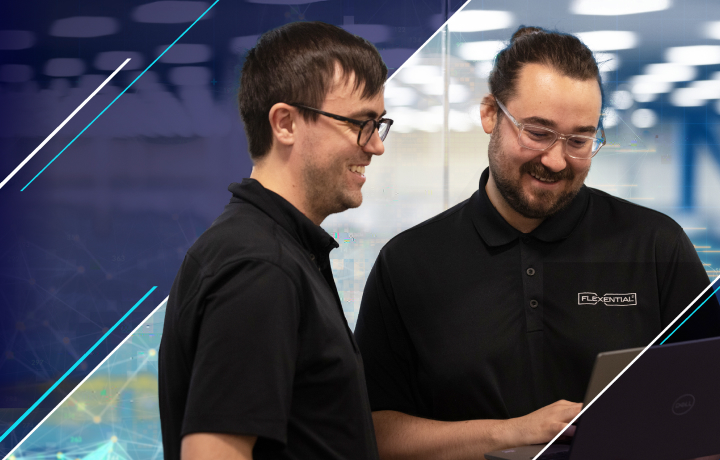5 maturing or emergent technologies
It is hard to remember back to early this year when we had little idea what was to come. Disruption, pivot, chaos—no one has been untouched by the COVID-19 pandemic; even our climate has changed.

Organizations have been forced to create (or discover) new business models and new routes to market, experiment more, and build new products and services. These improvements help save lives, accelerate our ability to react, manage our supply chains, and enable us to stay connected. Those who were most successful in navigating this change had a solid digital strategy underway. Those who didn’t found it hard to adapt.
For most, the adoption of technology solutions, mostly those delivered by the network, shifted into quick, unprecedented adoption. Consumers have utilized more day-to-day tech than ever before, to order food and supplies, educate families and help protect loved ones. This hasn’t come without a cost. For example, the security of our platforms, the cost to implement workarounds quickly, lost productivity as we juggle WFH, or the social impact of spending too much time online. What is certain is that the network-based technologies and subsequent acceleration of new applications will touch our lives like nothing before.
Here are the top five maturing or emergent technologies that will make the most impact in the coming years:
Networks became as critical as power
The pandemic pushed networks to new levels with working from home, online shopping, online conferencing, and online schooling. As a result, IP bandwidth demand is higher than ever with unprecedented increases. Businesses should expect to have more choice in providing site-to-site and wireline connectivity to ensure they have always-on network capabilities. Organizations should look to leverage partners who have developed a national network of facilities where small deployments of compute and connectivity can reside so that their network infrastructure is enabled for the future.
Edge computing got serious with several companies investing in edge and 5G, such as Microsoft acquiring several edge/5G related companies, Amazon’s partnership with Verizon, and Flexential partnering with American Tower. 5G deployments stalled for a bit but are in high gear now and will fuel new applications that need edge services. Early enterprise and public sector adopters or businesses looking for very specific deployment locations will appreciate robust connectivity and a mix of quality for mixed deployments—distributed services but more centralized databases, for example. The edge will be critical for managing data gravity and latency in the future.
Malicious attacks
Security breaches increased by 30% as the demand for networks left many more vulnerable. At Flexential, we saw an increase in DDOS attacks by more than 300%—all successfully mitigated. Based on our feedback from our Customer Advisory Council this year, organizations want more help with security, including consulting, mitigation, ransomware protection, and threat detection. VPNs, SD-WAN, Desktop-as-a-Service, backup, and archive play a big role in helping the enterprise protect itself and be more productive during this time.
Cloud computing
Demand for cloud computing reached all-time highs, and the digital experience accelerated as customers and businesses found themselves needing more infrastructure. Some businesses, like Zoom, saw a growth of more than 700% of their cloud consumption. The need for companies to have someone else manage their compute became a critical aspect of the pandemic and accelerated the move to the cloud. Connectivity to the public cloud will be critical, and hybrid IT is the answer. As companies mature their cloud deployments, we can expect that some will continue to choose to right-size services into colocation or private cloud to control costs and improve security.
Density and sustainability
According to CNBC, worldwide carbon emissions were predicted to fall 7% at the beginning of the century, the largest drop ever and the largest significant decline since WWII. For many, this may be an opportunity to recommit to sustainability initiatives and look for new opportunities to reduce carbon, pollution, and other climate impacts. As AI and machine learning workloads continue to grow, rack density is also expected to grow. AI workloads make a lot of sense for organizations that use colocation because they don’t have to move their data, which is costly and time-consuming. While density continues to rise, the industry will need to consider its impact on sustainability and efficiency as it becomes even more relevant in the future.






